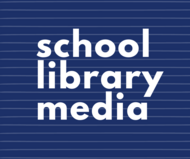Kindergarten C2SL Lesson
(View Complete Item Description)Compare the effects of different strengths or different directions of pushes and pulls on the motion of an object and determine if a design solution works as intended to change the speed or direction of an object with a push or a pull. Driving Question: Can I as “Science Investigator”, engineer and design, a way to move an object without using my hands or feet?
Material Type: Activity/Lab




















